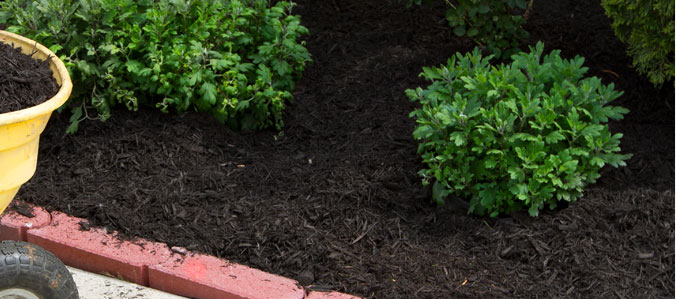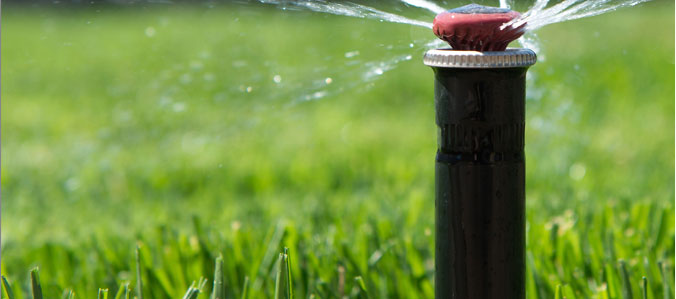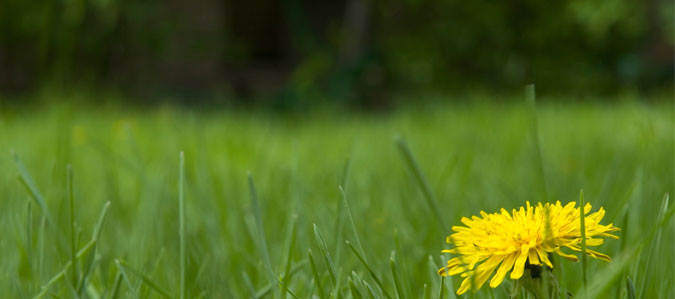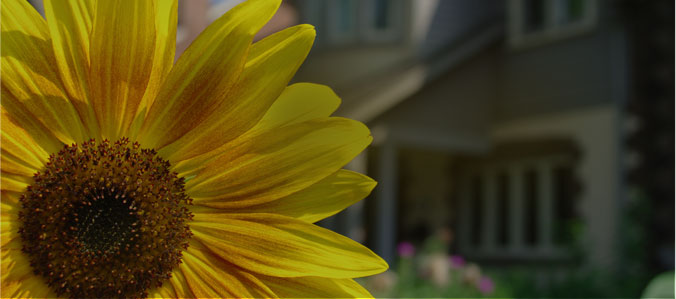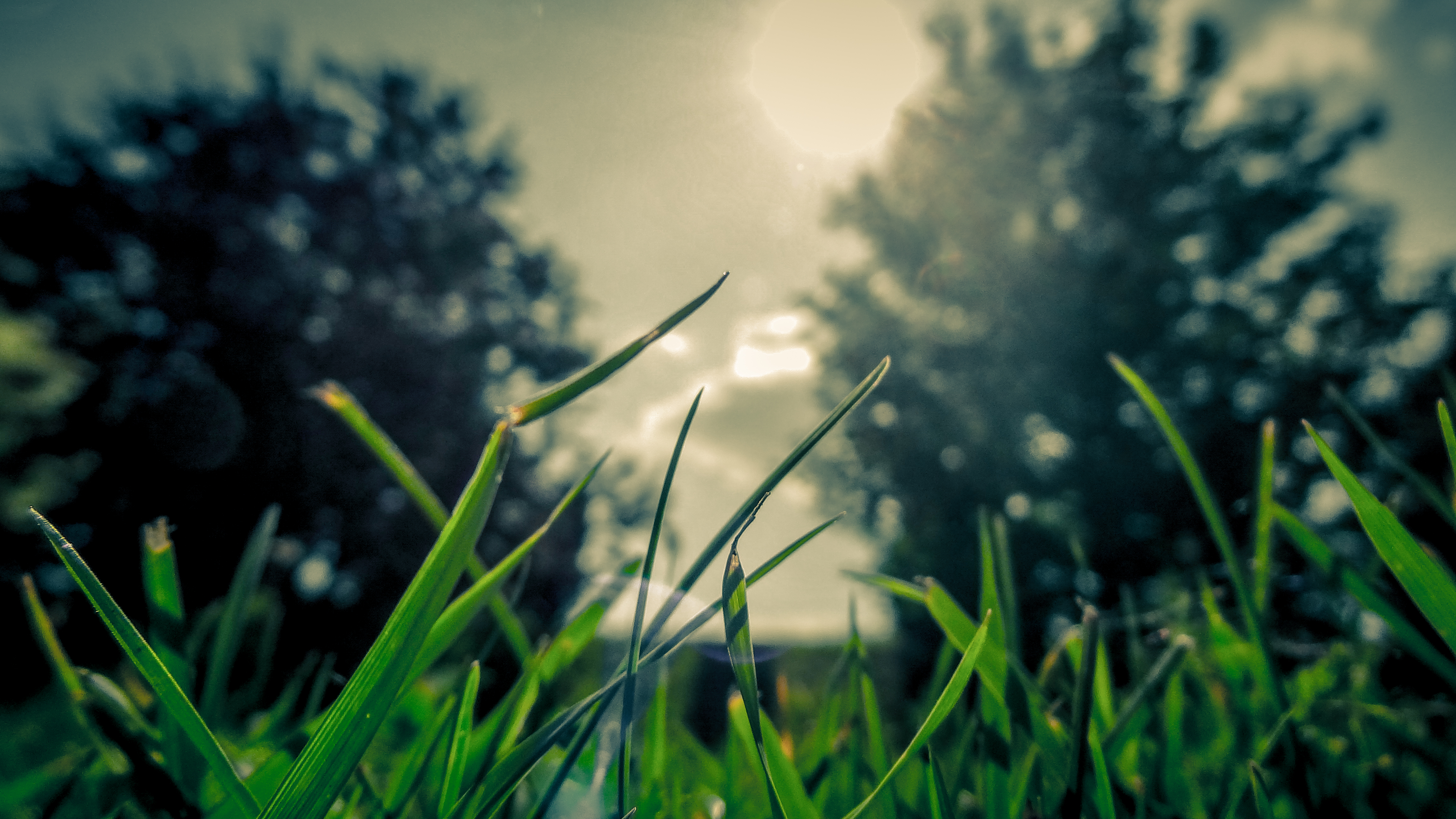Are Hostas Native to Indiana?
Take a walk through your lawn, and chances are you’ll find a cluster of hosta plants. The simplest way to identify these perennial plants is to look for their clumping foliage, though the size and appearance of the leaves will vary widely by the species. Toward the summer, hostas produce blooms on their long stalks, inviting the region’s pollinating insects.
Many homeowners and gardeners enjoy how easy it is to take care of and propagate their hostas. The plant thrives in ample shade and needs only moist soil — not wet. Avid collectors also appreciate the hundreds of species within the plant family. While hostas are common throughout Northwest Indiana and the surrounding areas, they weren’t always a part of the state’s diverse ecosystem.
Where Are Hostas Native To?
Hostas are not native plants to Indiana. The plant originated in China, Japan and Korea, and European cultivators brought these plants back to their home continent. The North American horticultural and botanical literature didn’t even include a mention of the hosta genus until the early 19th century.
Europe began trading hostas to the U.S. in the early 1800s. Around the 1860s, hosta plants started to arrive directly in America from Japan, which introduced several newer species that came from growers instead of the wild. While certainly not the most disruptive species in the region, hostas can cause a few issues in Indiana lawns and landscape beds.
Difficulties With Hostas in Your Landscape Beds
Slugs and snails can threaten the hardy nature of the hosta. These slimy landscape bed-eaters are attracted to hosta leaves and will occasionally eat right through the leaves. They might wreak havoc on the rest of your property if unaddressed.
In 1996, hosta virus X (HVX) was identified as a viral plant disease that causes discolored leaves and tissue breakdown. HVX is untreatable and transmits between individual hosta clumps through propagation and contact with contaminated landscape bed tools. You must remove or destroy the infected plants.
While people in regions of Asia cultivate hostas for food, the plant is mildly poisonous to animals and can cause vomiting and diarrhea.
Planting Natural Ferns
If you’re seeking a natural, sustainable solution to propagating your landscape bed, ferns are an ideal plant to use. Like hostas, ferns adapt to the shade, encompass several magnificent varieties and reestablish themselves each year. You can grow the region’s native ferns as a way to support the local wildlife. These ferns are also well-suited for the area’s soil and weather conditions and need less fertilizer and water as a result.
Examples of Natural Indiana Ferns
Indiana’s natural plants and wildlife include these ferns:
- Cinnamon fern
- Christmas fern
- Common lady fern
- Ostrich fern
- Royal fern
Find Ideal Plants for Your Indiana Property
As Northwest Indiana’s experts in landscaping and lawn care, Ricci’s Landscape Management can help add sustainable greenery to your home or business. Our specialists can sculpt a landscape bed for you that flourishes with native foliage. Contact us online to request a quote and get started.



